- Downloaded
- 135.2 GB
- Uploaded
- 13.1 TB
- Ratio
- 99.13
- Seedbonus
- 254,676
- Upload Count
- 265 (300)
Member for 9 years
[udemy] The Ultimate Wlan And Wifi Training Course

MP4 | Video: h264, 1280x720 | Audio: AAC, 44.1 KHz
Language: English | Size: 918.54 MB | Duration: 3h 33m
This course will teach you WLAN from basic to advanced networking
including all networking fundamentals.
What you'll learn
Learn How WLAN and WiFi works
Understanding Radio Frequency, Radio Wave
Understanding 802.11 standards
Understanding WLAN Types and Components
Understanding Wireless Signal Characteristics
Understanding Radio Frequency Behaviors
Understanding Spread Spectrum
Understanding Common Wireless Bands
Requirements
You have an attitude to learn while having fun
Internet Access
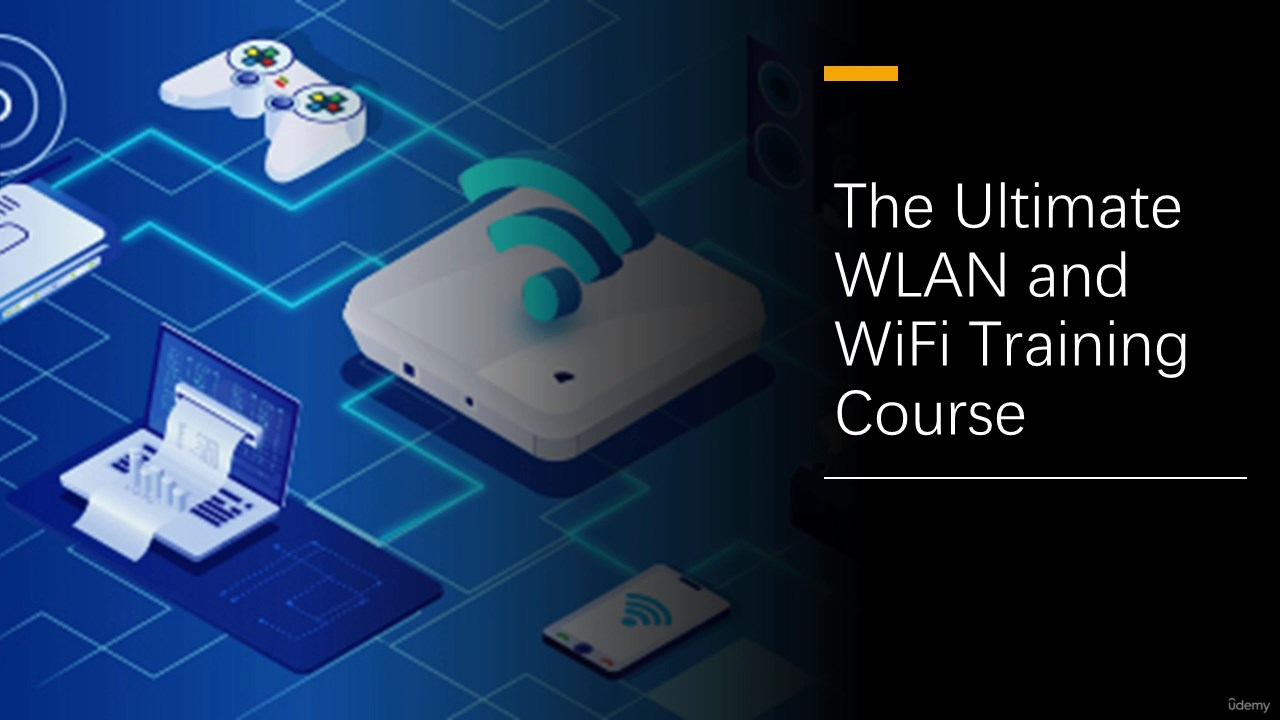
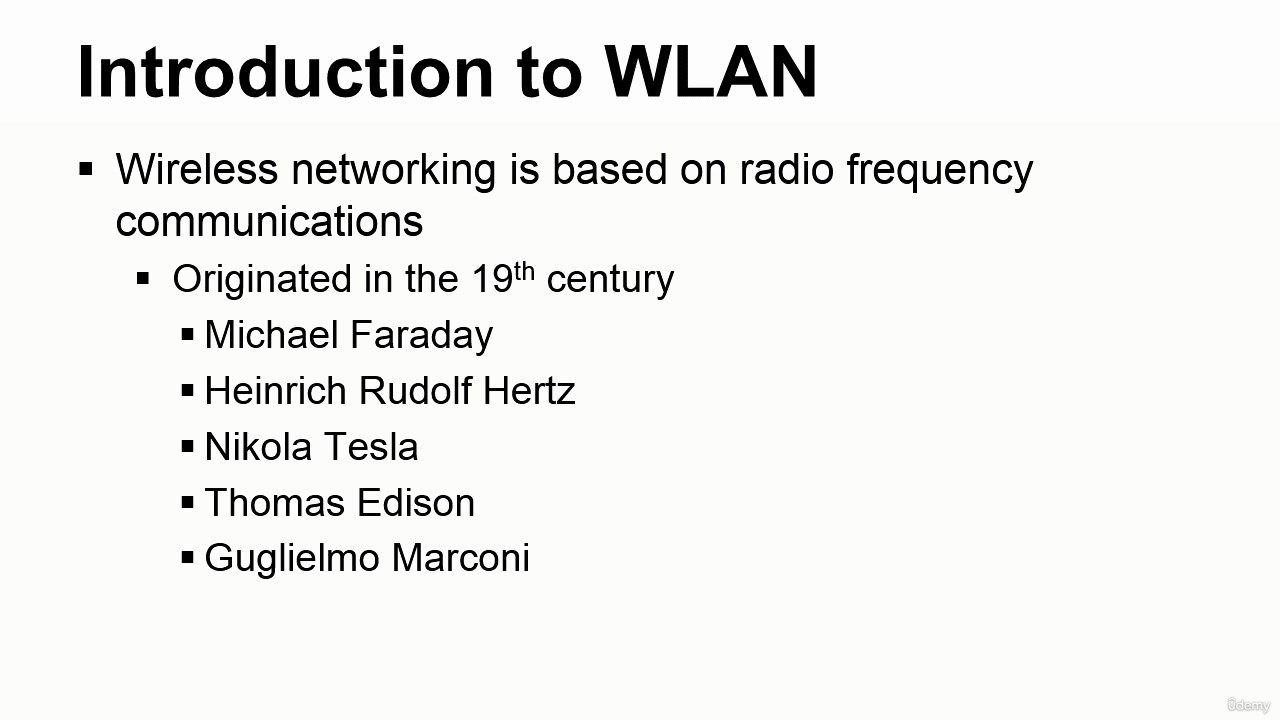
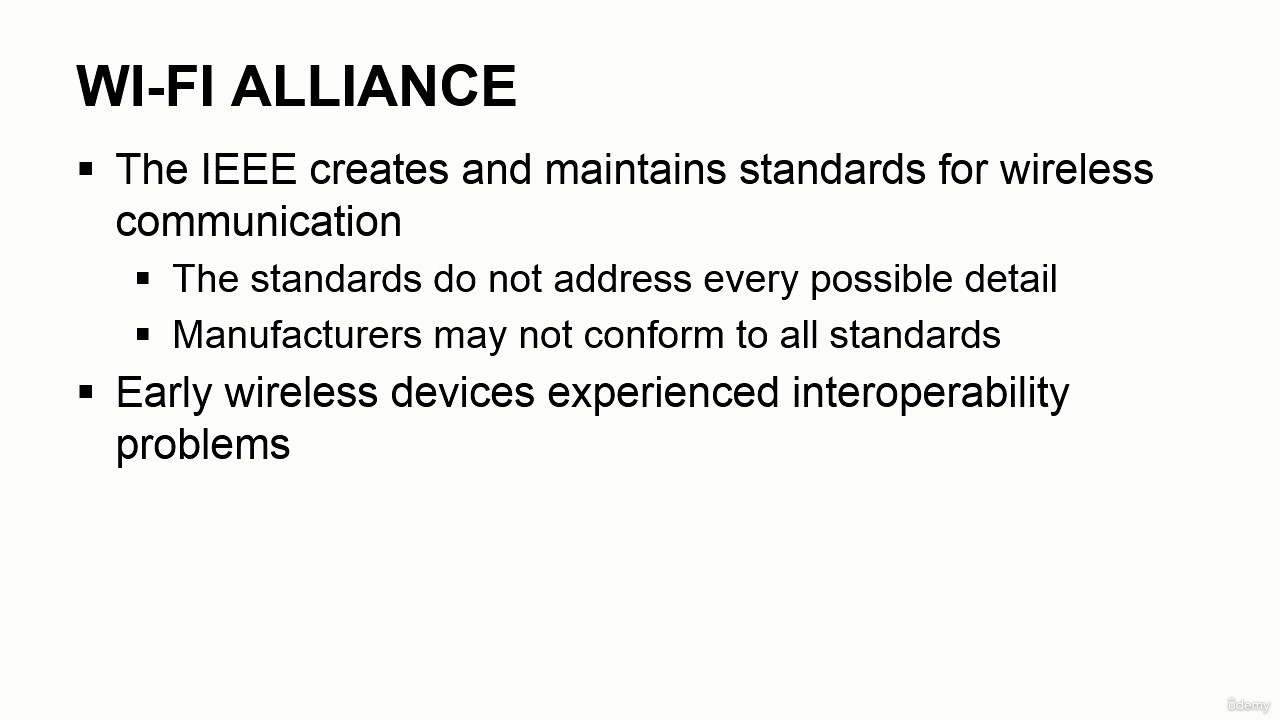
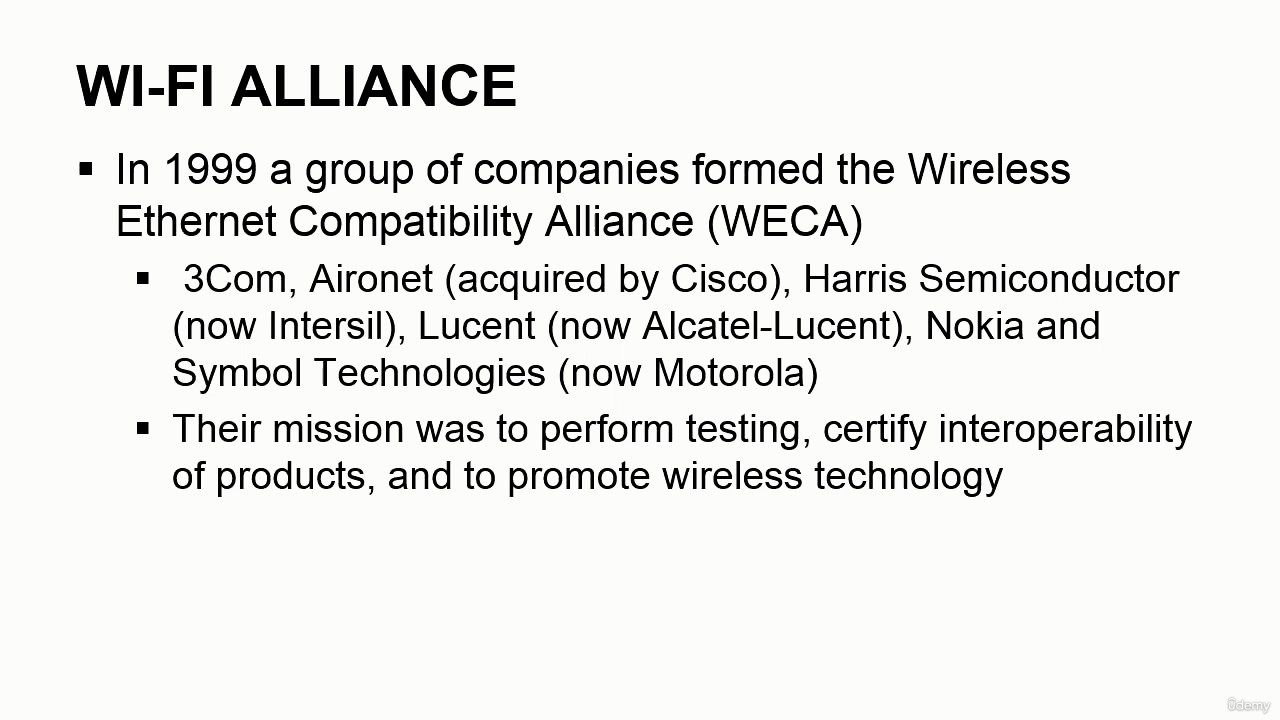
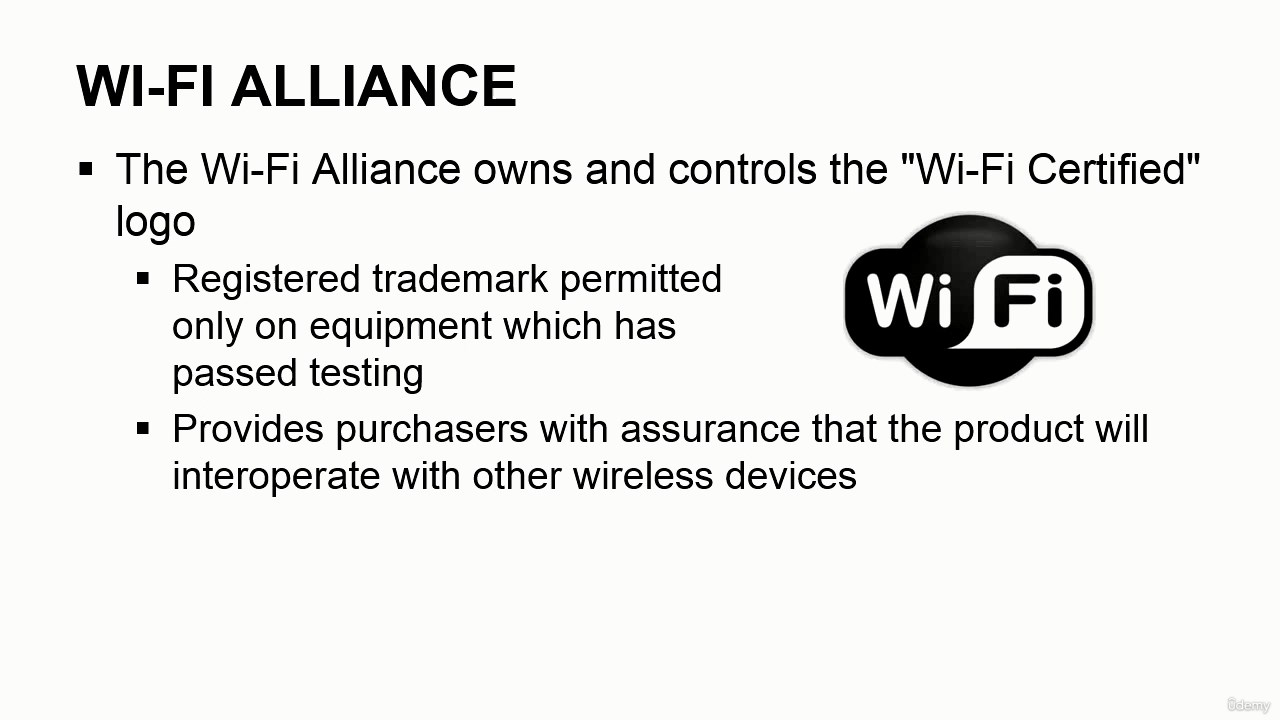
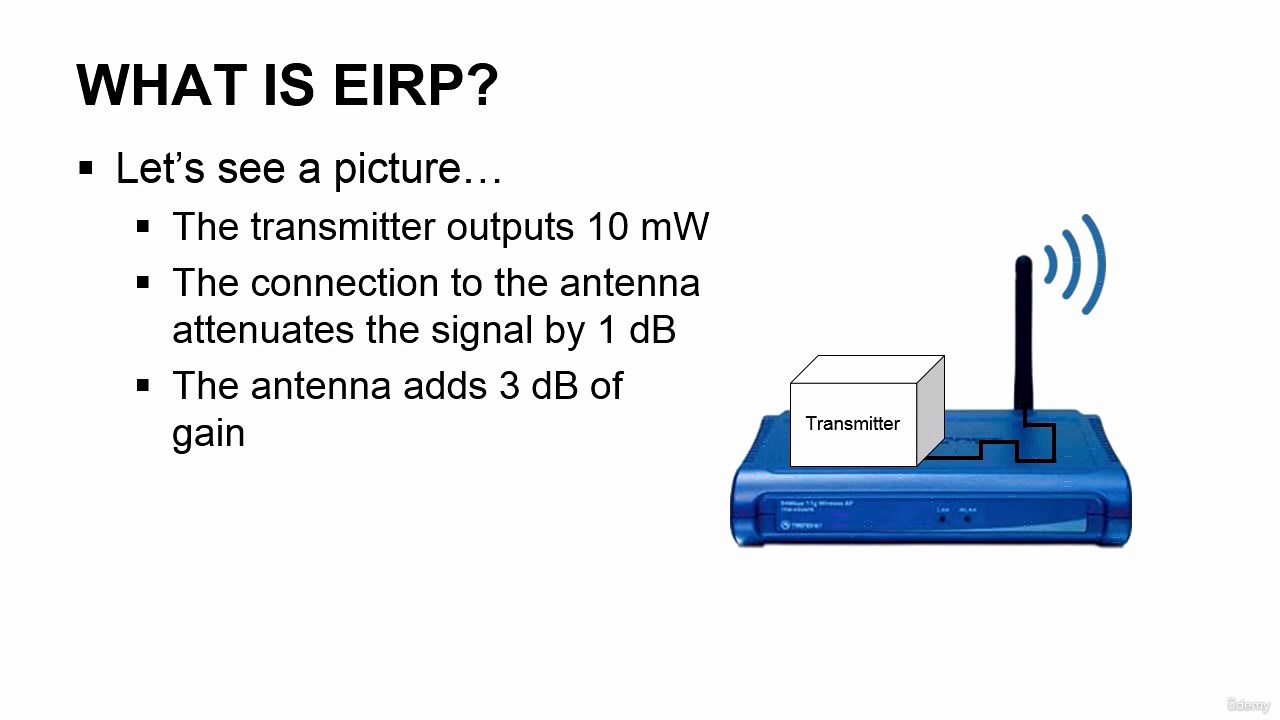
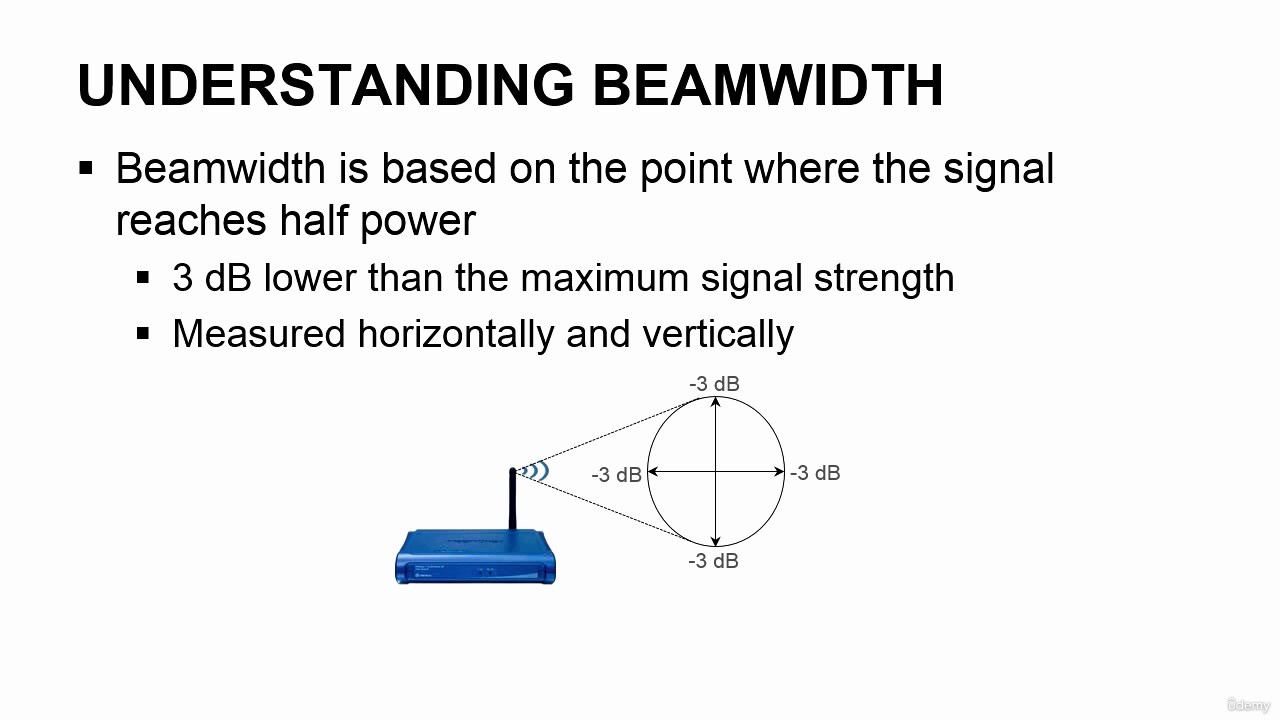
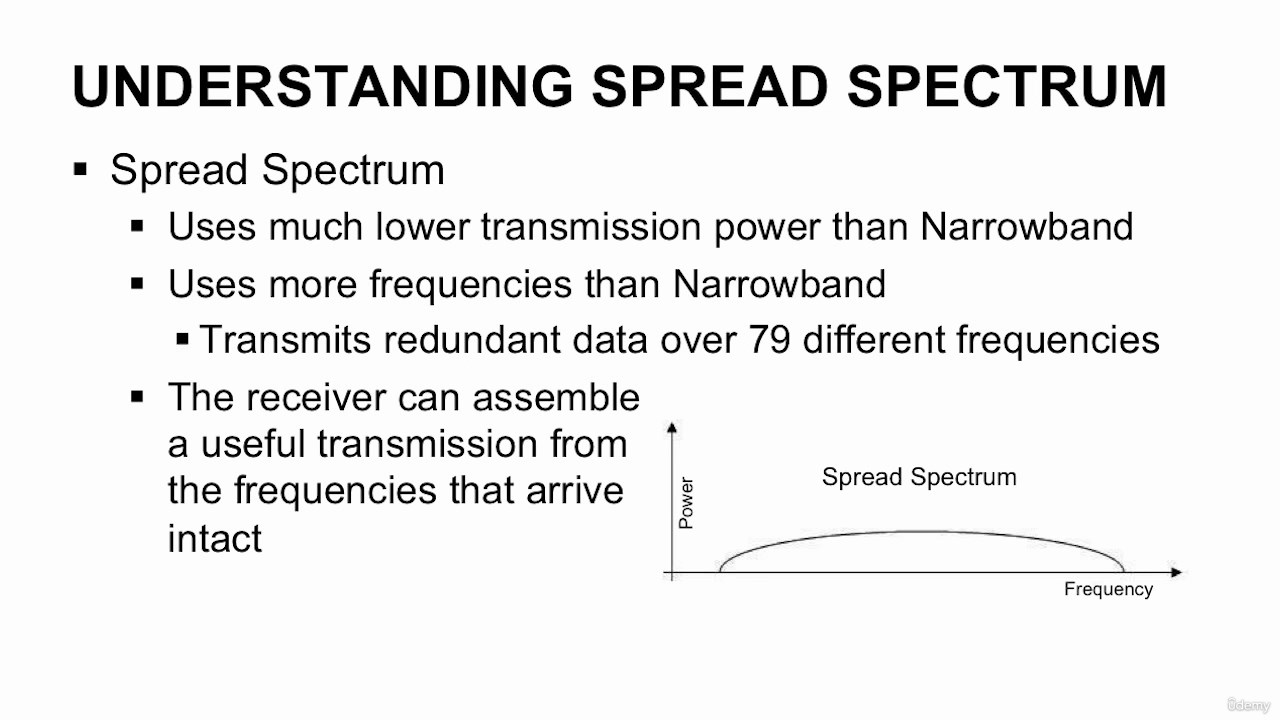
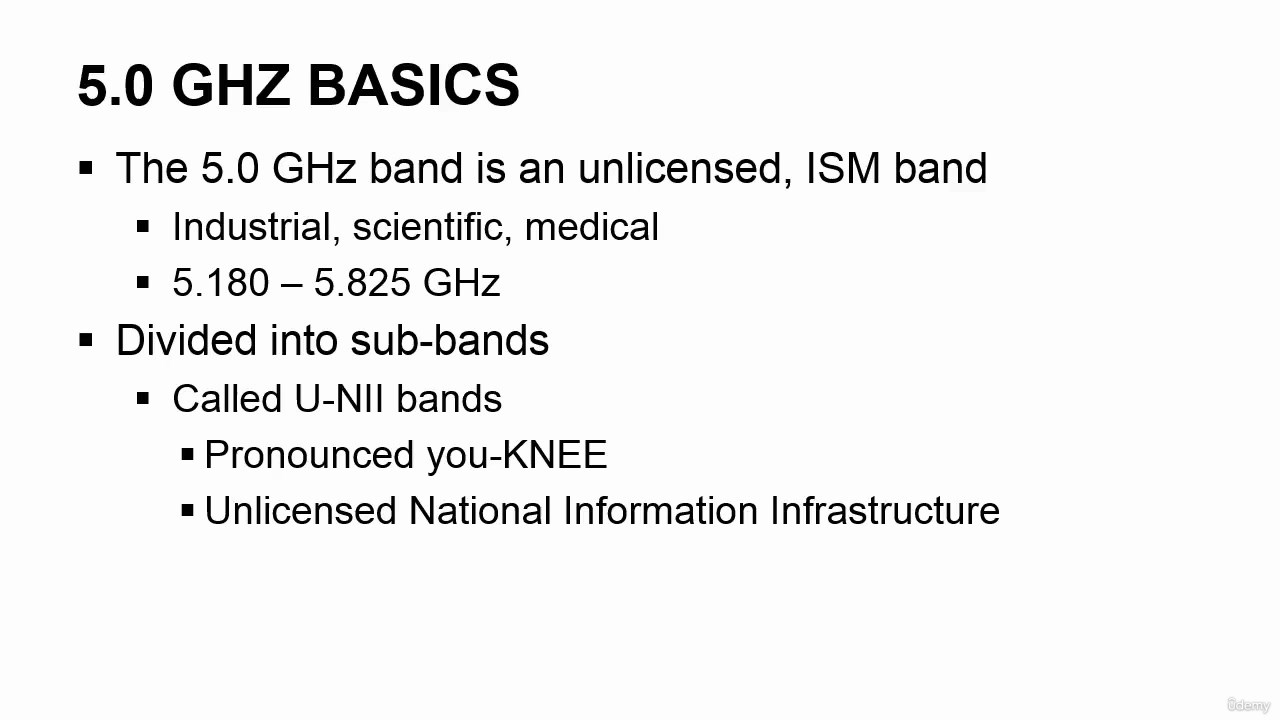
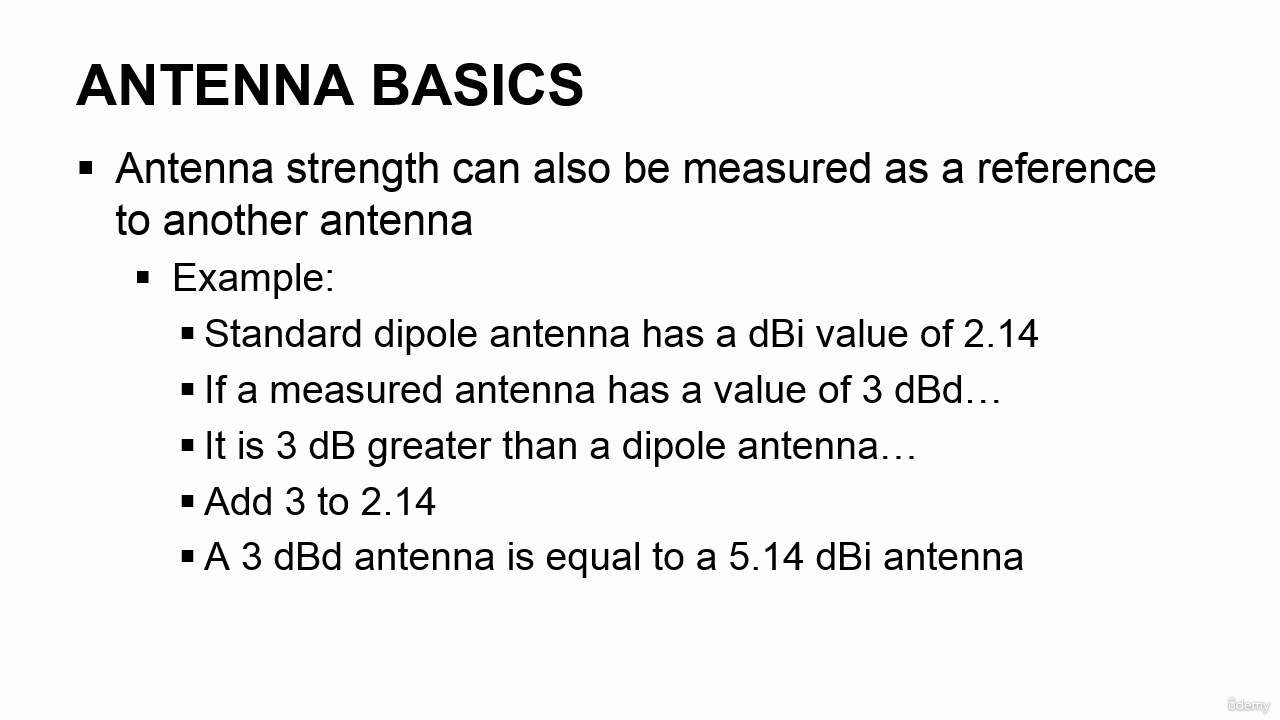
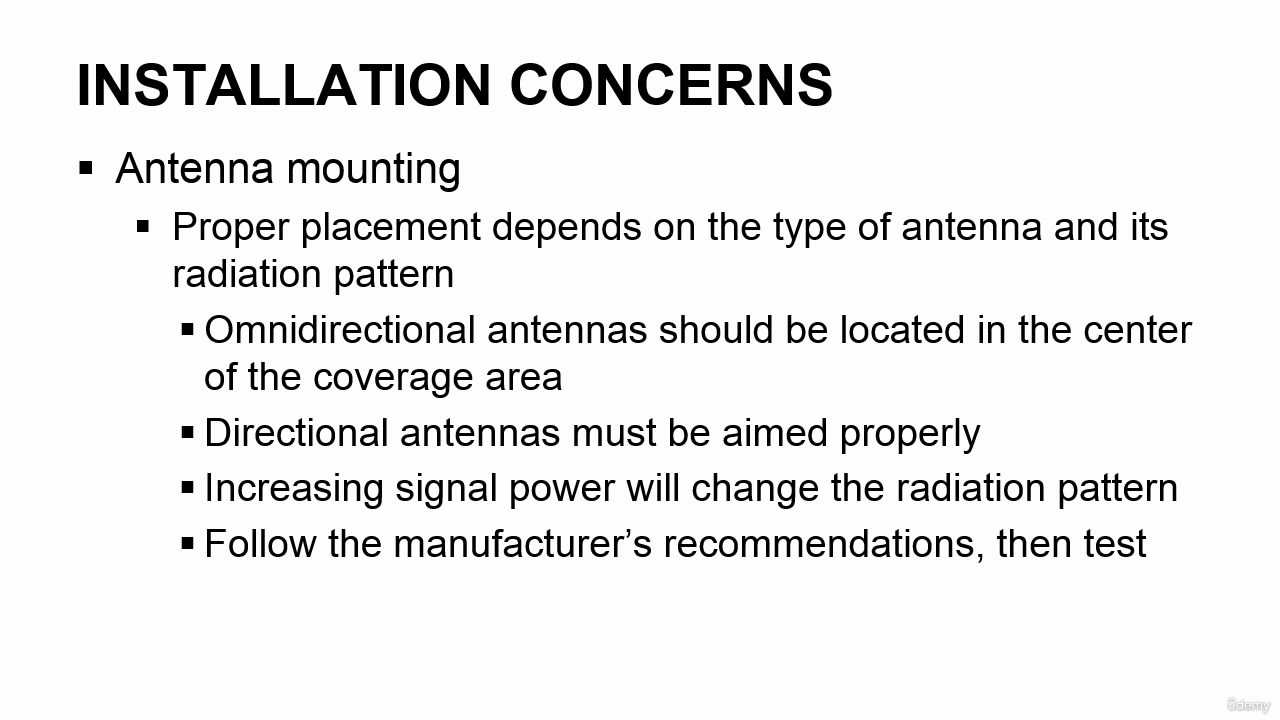
Download

MP4 | Video: h264, 1280x720 | Audio: AAC, 44.1 KHz
Language: English | Size: 918.54 MB | Duration: 3h 33m
This course will teach you WLAN from basic to advanced networking
including all networking fundamentals.
What you'll learn
Learn How WLAN and WiFi works
Understanding Radio Frequency, Radio Wave
Understanding 802.11 standards
Understanding WLAN Types and Components
Understanding Wireless Signal Characteristics
Understanding Radio Frequency Behaviors
Understanding Spread Spectrum
Understanding Common Wireless Bands
Requirements
You have an attitude to learn while having fun
Internet Access
Welcome to this course. Wireless local area networking, also known as WLAN or wireless LAN, is a term for using wireless digital signals to connect computers and other devices. One of the most common wireless LAN technologies now in use is Wi-Fi, which refers to a set of standards for how devices can talk to each other on wireless networks. It's not the only wireless LAN technology out there, but it's the one you're most likely to encounter. A wireless LAN is a wireless computer network that links two or more devices using wireless communication to form a local area network within a limited area such as a home, school, computer laboratory, campus, or office building. Wireless communication is the transfer of information between two or more points that do not use an electrical conductor as a medium by which to perform the transfer. The most common wireless technologies use radio waves. With radio waves, intended distances can be short, such as a few meters for Bluetooth or as far as millions of kilometers for deep-space radio communications. Wireless networks are computer networks that are not connected by cables of any kind. The use of a wireless network enables enterprises to avoid the costly process of introducing cables into buildings or as a connection between different equipment locations. The basis of wireless systems are radio waves, an implementation that takes place at the physical level of network structure. It is common for people to wonder “what is a wireless network” because while they exist nearly everywhere people live and work, how they work is often a mystery. Similarly, people often assume that all wireless is Wi-Fi, and many would be surprised to discover that the two are not synonymous. Both use RF, but there are many different types of wireless networks across a range of technologies, while Wi-Fi is specific to the wireless protocol defined by the Institute of Electrical and Electronic Engineers (IEEE) in the 802.11 specification and it’s amendments. Wi-Fi is the wireless standard 802.11 and nothing else. Through the years, we've seen different evolutions of Wi-Fi, culminating in the new 802.11ax standard. Each version of the 802.11 standard is written for compatibility with 802.3 Ethernet -- the most common LAN type -- given that Wi-Fi typically extends the edge of the LAN.In this course, you'll learn:Learn How WLAN and WiFi worksUnderstanding Radio Frequency, Radio WaveUnderstanding 802.11 standardsUnderstanding WLAN Types and ComponentsUnderstanding Wireless Signal CharacteristicsUnderstanding Radio Frequency BehaviorsUnderstanding Spread SpectrumUnderstanding Common Wireless Bands
Overview
Section 1: Welcome
Lecture 1 Introduction
Section 2: Getting started
Lecture 2 WiFi Alliance, Main Regulatory Bodies and More
Lecture 3 Understanding 802.11 Standards
Lecture 4 Understanding the Basics of WLAN
Lecture 5 Specific Characteristics In Radio Frequency Signals
Lecture 6 Learn How to Measure WLAN Power
Lecture 7 Various topologies, Physical designs and More
Section 3: Understanding Radio Frequency
Lecture 8 Introduction
Lecture 9 Learning Radio Frequency Math
Lecture 10 Learning Effective Isotropic Radicated Power
Lecture 11 Learning The Operational Aspects of Radio Frequency
Lecture 12 Learning Frequency Hopping Spread Spectrum
Lecture 13 Learning Orthogonal Frequency Division
Lecture 14 Understanding 2.4G Basics
Lecture 15 Understanding 5G Basics
Lecture 16 Understanding Networking terms
Section 4: Understanding WLAN Signal Transmission
Lecture 17 Introduction
Lecture 18 Antennas - Understanding categories
Lecture 19 Learning Polar Charts, Parabolic & Grid
Lecture 20 Learning Sector Antennas & Sight
Lecture 21 Indoor shorter RF transmission & Antenna Diversity
Lecture 22 Understanding Multiple input & Multiple output
Lecture 23 Understanding Voltage standing wave ratio
Anyone interested in WLAN & WiFi
Overview
Section 1: Welcome
Lecture 1 Introduction
Section 2: Getting started
Lecture 2 WiFi Alliance, Main Regulatory Bodies and More
Lecture 3 Understanding 802.11 Standards
Lecture 4 Understanding the Basics of WLAN
Lecture 5 Specific Characteristics In Radio Frequency Signals
Lecture 6 Learn How to Measure WLAN Power
Lecture 7 Various topologies, Physical designs and More
Section 3: Understanding Radio Frequency
Lecture 8 Introduction
Lecture 9 Learning Radio Frequency Math
Lecture 10 Learning Effective Isotropic Radicated Power
Lecture 11 Learning The Operational Aspects of Radio Frequency
Lecture 12 Learning Frequency Hopping Spread Spectrum
Lecture 13 Learning Orthogonal Frequency Division
Lecture 14 Understanding 2.4G Basics
Lecture 15 Understanding 5G Basics
Lecture 16 Understanding Networking terms
Section 4: Understanding WLAN Signal Transmission
Lecture 17 Introduction
Lecture 18 Antennas - Understanding categories
Lecture 19 Learning Polar Charts, Parabolic & Grid
Lecture 20 Learning Sector Antennas & Sight
Lecture 21 Indoor shorter RF transmission & Antenna Diversity
Lecture 22 Understanding Multiple input & Multiple output
Lecture 23 Understanding Voltage standing wave ratio
Anyone interested in WLAN & WiFi











Download
You must be registered for see links
You must be registered for see links
